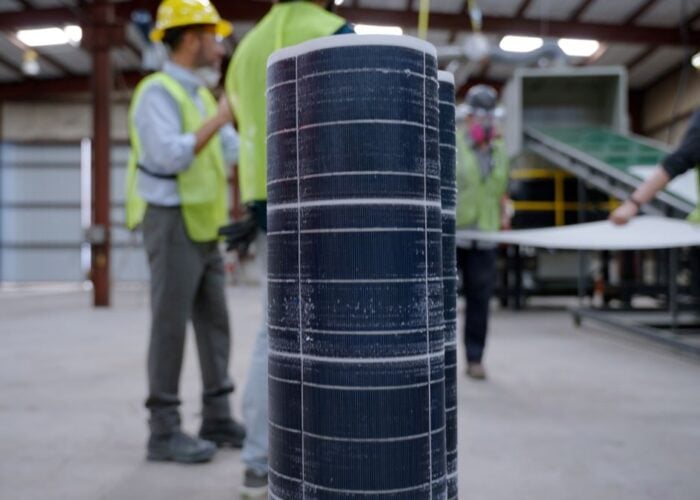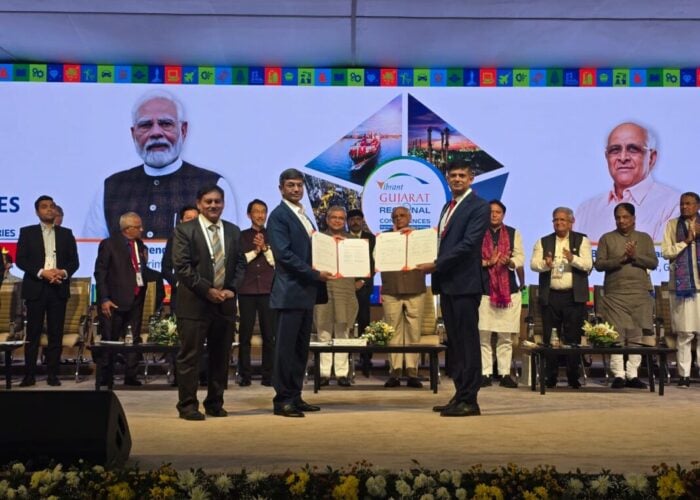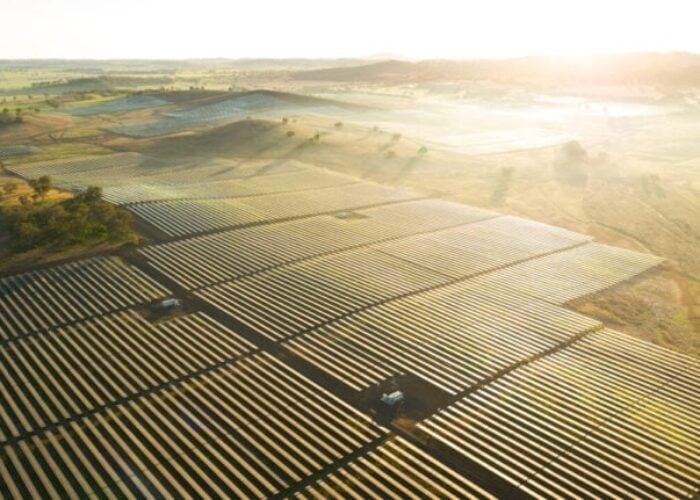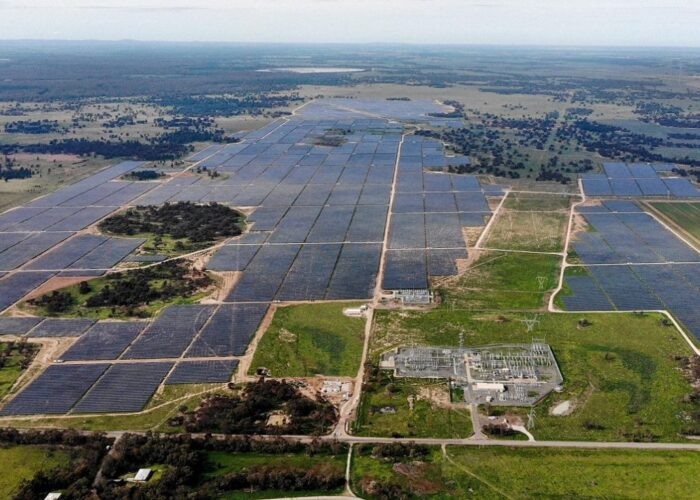It seems such an obvious thing that solar PV should be ubiquitous within ±35° latitude around the equator—otherwise know as the Sunbelt. It also has 75% of the world's population and 40% of the global electricity demand. Yet few actual installations to date are within this region.
According to a new detailed report from the European Photovoltaic Industry Association (EPIA), the potential market is huge not least because solar energy generation would be maximized due to the highest of solar irradiation possible as well as the often-high electricity prices found in countries within the Sunbelt. Solar would therefore be competitive much quicker than in the northern hemisphere.
Try Premium for just $1
- Full premium access for the first month at only $1
- Converts to an annual rate after 30 days unless cancelled
- Cancel anytime during the trial period
Premium Benefits
- Expert industry analysis and interviews
- Digital access to PV Tech Power journal
- Exclusive event discounts
Or get the full Premium subscription right away
Or continue reading this article for free
The study was done in collaboration with consultancy firm A.T. Kearney, and with the support of the Alliance for Rural Electrification (ARE) and the Asociación de la IndustriaFotovoltaica (ASIF).
It makes interesting reading on the topic of market potential. For example, 60-250GW of solar energy could be installed in the region by 2020 and by 2030 something like 260-1100GW could be achieved, representing 27-58% of the forecasted global installed PV capacity by then.
It should also be calculated into the opportunities for solar that the EPIA expects PV prices to have fallen by 66% from current levels by 2030. This would mean that generation costs would drop to 6-12 €¢/kWh by 2020, making it highly competitive with all peak generation technologies. The cost would fall to 4-8 €¢/kWh in 2030.
Of course it hasn’t gone unnoticed that projects in the making such as Desertec want to use CSP technology, but PV’s cost reduction drivers suggest strongly that CSP would not compete in this timeframe. Desertec has backing, favouring CSP so unless the foundation can move quickly to establish multi-Desertec type scale projects in deserts around the world, PV looks to be a better competitive technology in much of the Sunbelt.
Very recently, South Africa has begun a feasibility study for a massive 5GW-scale CSP solar park at the edge of the Kalahari Desert, which would take about 10 years to expand and reach that figure. Like any big project, this one will take many years to plan.
However, given the nature/beauty of sun-power technologies, there is no reason why several technologies cannot be deployed.
But here are some of the challenges. What is stopping the PV industry from focusing growth—and I mean massive potential growth—in the Sunbelt? Why hasn’t this been a key focus in the past? What are the real challenges that the industry has to overcome to make the Sunbelt a huge success for PV?
In a webinar to discuss the EPIA report, Adel El Gammal, association secretary general, and Winfried Hoffmann, VP, both highlighted that the obstacles were less significant than might otherwise be perceived.
I for one was concerned about the finance needed that many countries simply don't have. Yet both speakers noted the example of how India skipped deploying countrywide landline telecommunications infrastructure and moved directly to mobile, and how this strategy resulted in significant savings and time.
PV offers a similar ability to bypass expensive nationwide electricity grid infrastructure and support the growing demand for energy via decentralized means. Of course, PV also allows smaller-scale commercial and utility buildout that could be financed much more easily than grand projects such as Desertec.
Hoffman noted in the webinar that a preliminary cost of required grid infrastructure improvements and developments with the Sunbelt, using PV, would be around US$10 billion in the countries seen as prime for solar expansion.
A mini-grid approach would be very feasible from a cost and implementation perspective, with solar farms ranging from 1 to 10MW. The payback on such more modestly sized farms would be only 6 to 10 years, well within the requirements for investors to be involved.
However, Desertec is following a traditional concept of energy generation and grid connection—only the technology is renewable rather than coal or gas. This is important as the concept is understood by governments and state utilities.
What the EPIA is proposing is a revolution in electricity generation thinking. Although they have their work cut out, they do have friends in the industry already working in that direction. First Solar is just one we can highlight that is already moving in that direction in the longer term. But the industry has to get more serious and concentrate its efforts on educating and informing the Sunbelt countries of what PV has to offer.
The approach however needs to be thought about carefully. It will not work if the pitch is made on the basis of what the Sunbelt should be doing for PV; rather, the pitch should be on the basis of what PV can do for the Sunbelt.







